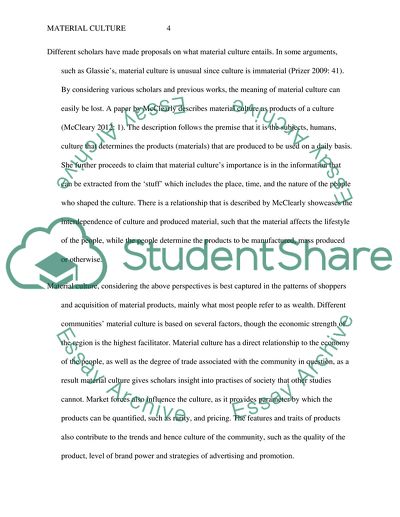

What is life under consumerism doing to us?

The acquisition of stuff looms large in the American imagination. But what changes beginning in the 1920s is that the production technologies make it possible to produce things cheaply enough that eventually you can get a majority of the population consuming them. This perspective differentiates the 20th century from the earlier period, in which you have shopping and you have consumer fads. I would say we need to go back a bit earlier to the 1920s, which is when you get the development of mass production, which is what makes mass consumption possible.

MASS CONSUMPTION HOW TO
Scholars differ on how to date consumerism. When I think of the beginning of what I perceive as modern American consumerism, I tend to go back to the 1950s and post-World War II, people moving to the suburbs in the cookie-cutter homes. Our conversation, edited for length and clarity, is below. In her view, marketers have less to do with what we want than, say, our neighbors, coworkers, or the people we follow on social media. She tends to focus on the roles of work, inequality, and social pressures in determining what people buy and when. Schor, who is the author of books on consumerism, wealth, and spending, has a bit of a unique view on the matter. I recently spoke with Juliet Schor, a sociologist at Boston College, about the history of modern American consumerism - what it’s rooted in, how it’s evolved, and how different groups of people have experienced it. And in an increasingly unequal society, the Joneses at the very top are doing a lot of the consuming, while the people at the bottom struggle to keep up or, ultimately, are left fighting for scraps. We have a social impetus to “keep up with the Joneses,” whoever our own version of the Joneses is. (Never mind that they’re sometimes spending money they don’t have, or the implications of all this production and trash for the planet.) People, naturally, want things.īut American consumerism is also built on societal factors that are often overlooked. And it’s an important part of the country’s capitalistic, growth-centered economy: The more people spend, the logic goes, the better it is for everybody. What’s at the root of modern American consumerism? It might not just be competition among the brands trying to sell us things, but also competition among ourselves.Īn easy story to tell is that marketers and advertisers have perfected tactics to convince us to purchase things, some we need, some we don’t.


 0 kommentar(er)
0 kommentar(er)
